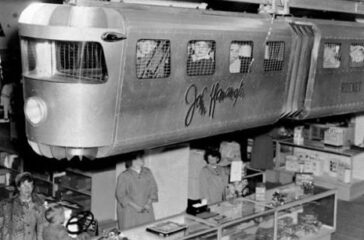The plight of 20th century department stores in the 21st century
News that the iconic Hudson’s Bay Company may close all of its stores under a restructuring agreement is a hard blow; the Hudson’s Bay Company […]

News that the iconic Hudson’s Bay Company may close all of its stores under a restructuring agreement is a hard blow; the Hudson’s Bay Company […]